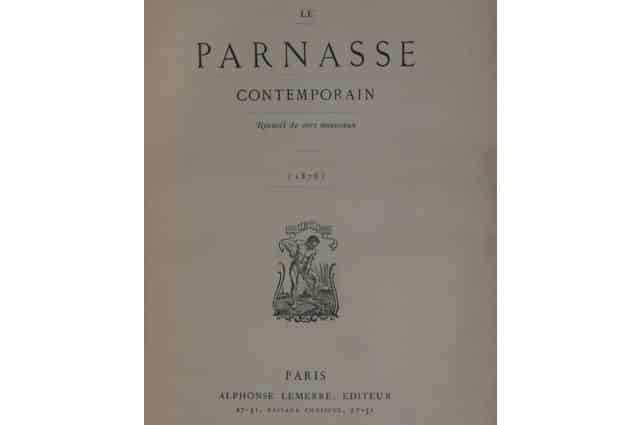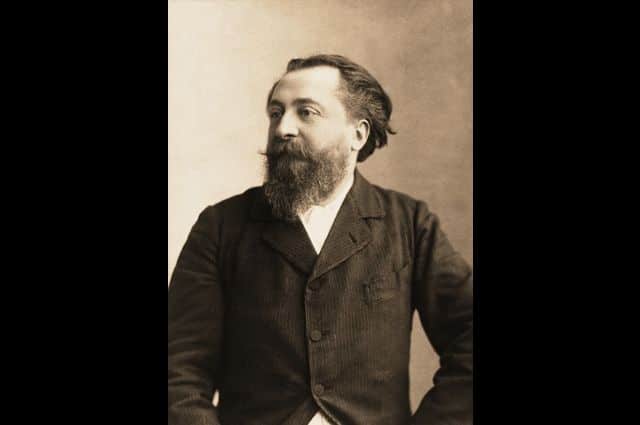
The magazine Le Parnasse Contemporain played an important role in the rise of Parnassianism.
A poetic current that emerged in the mid -19th century in France is known as Parnassianism . This movement is based on the search for the perfection of forms , thus opposing the pillars of Romanticism .
Depersonalization
While romantic authors such as Alphonse de Lamartine , Alexandre Dumas (father and son) and Victor Hugo were oriented towards feelings and creative freedom , Parnassianism opted for depersonalization .
The notion of Parnassianism comes from Mount Parnassus , where according to mythology the muses live. The group was consolidated through the three issues that were published of the magazine Le Parnasse Contemporain , which presented works by Leconte de Lisle , Sully Prudhomme , Théodore de Banville and José María de Heredia , among others.
Ideological pillars
Those who were part of Parnassianism believed in art for art's sake . They did not consider that the artistic should be useful, but only attributed the objective of producing aesthetic enjoyment . On the other hand, they rejected the political militancy and social commitment of the authors when it was reflected in their works.
Parnassianism, in addition, promoted a poetry distanced from the self. Its premise indicated that poetic creations should not present the writer's feelings, but rather should exhibit exotic or beautiful themes. Content and form, on the other hand, had to go hand in hand, with special care for the meter .
We can also say that another characteristic of the poetry of Parnassianism is pessimism , since in it we can see the decline of ancient ideals, dreams and ancient cultures, such as the Egyptian and Greek. In this framework, it also tells us about the modern soul and its state of sadness and desperation to free itself through death.
Beyond the fall of the pillars of the past, Parnassianism has a fixation with everything that has happened before the present, and a denial of any contemporary issues . With respect to religion, it is easy to notice an opposing position, with a greater or lesser degree of clarity, to Christianity in almost all the followers of this current.
Influence
It is important to mention that, according to specialists in literary matters, great references of French symbolism began as Parnassians. That is the case of Stéphane Mallarmé , Paul Verlaine and Charlas Baudelaire , for example. It also considerably influenced modernism in Latin America, a movement in which we can highlight Rubén Darío , an acclaimed poet from Nicaragua.
Continuing in Latin America, we can mention Olavo Bilac , who trained as a poet with the guidance of his countryman Alberto de Oliveira and also owed much of his influence to Parnassianism. In Poland, on the other hand, we have important names from the world of literature who had their roots in this movement; among them are Felicjan Faleński, Antoni Lange, Leopold Staff and Cyprian Kamil Norwid .

Catulle Mendès, one of the great exponents of French Parnassianism
On the European continent we can find other examples of writers who demonstrated through their work the great significance of Parnassianism. In Romania, for example, a prominent poet named Alexandru Macedonski made clear in his writing the mark that this French movement had left on him. Finally, we must mention Alfred Tennyson , an illustrious British poet and playwright of the 19th century who also held the title of baron.
Tennyson's work is also identified with Parnassianism, although at this point the poet and Jesuit priest Gerard Manley Hopkins, also English, did not share the benefits of such a literary movement . According to him, Parnassian poetry was not profound, but simply fulfilled the basic objectives of the genre, and he pointed to Tennyson's poem Enoch Arden as a concrete example of his point of view.
